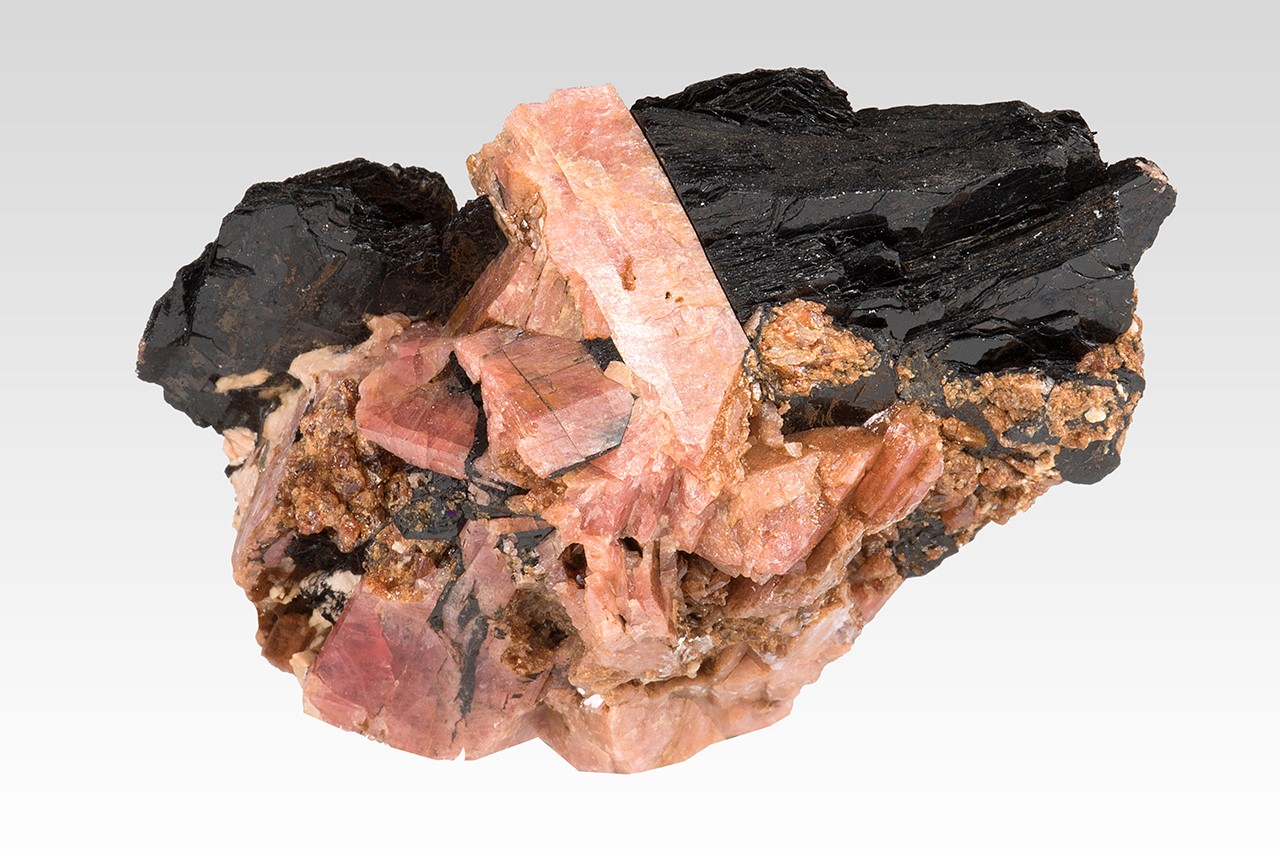
Bannisterite is a rare and intriguing mineral that has captured the interest of geologists and mineral enthusiasts alike. Named after mineralogist Frederick Bannister, this mineral boasts a unique structure and composition that sets it apart from others. Found primarily in metamorphic rocks, bannisterite is known for its striking appearance and complex chemistry. But what exactly makes bannisterite so special? In this blog post, we'll uncover 25 fascinating facts about this mineral, from its discovery to its various uses. Whether you're a seasoned geologist or just curious about the natural world, these facts will give you a deeper appreciation for bannisterite's role in Earth's geological history.
Key Takeaways:
- Bannisterite is a rare mineral with unique colors and properties, making it a favorite among collectors and a valuable tool for geology education.
- Its formation in metamorphic rocks and association with other rare minerals add to its intrigue, making it a fascinating subject for scientific research and study.
What is Bannisterite?
Bannisterite is a rare and intriguing mineral. Named after the British mineralogist Frederick Bannister, it has unique properties that make it a subject of interest for geologists and mineral enthusiasts alike. Let's dive into some fascinating facts about this mineral.
Unique Characteristics of Bannisterite
Bannisterite stands out due to its distinct features. Here are some key characteristics that make it special:
-
Color: Bannisterite typically appears in shades of brown, yellow, or green. These colors result from the presence of various impurities within the mineral.
-
Crystal System: It belongs to the monoclinic crystal system, which means its crystals form in a structure with three unequal axes, with one of them inclined.
-
Hardness: On the Mohs scale, Bannisterite has a hardness of about 2.5 to 3. This makes it relatively soft compared to other minerals.
-
Luster: The mineral exhibits a vitreous to pearly luster, giving it a shiny appearance when light reflects off its surface.
-
Transparency: Bannisterite can range from translucent to opaque, depending on the quality and thickness of the specimen.
Formation and Occurrence
Understanding where and how Bannisterite forms can provide insights into its rarity and geological significance.
-
Formation: Bannisterite forms in metamorphic rocks, particularly in regions that have undergone significant geological changes over millions of years.
-
Locations: It has been found in a few locations worldwide, including the United States, Australia, and Sweden. These sites are often rich in other rare minerals as well.
-
Associated Minerals: Bannisterite is commonly found alongside minerals like quartz, feldspar, and mica. These associations help geologists identify potential sites for finding Bannisterite.
Historical Significance
The history of Bannisterite adds another layer of intrigue to this mineral.
-
Discovery: Bannisterite was first identified in the 20th century, making it a relatively recent addition to the mineral world.
-
Naming: It was named in honor of Frederick Bannister, a renowned British mineralogist who made significant contributions to the field.
-
Research: Since its discovery, Bannisterite has been the subject of numerous studies aimed at understanding its properties and formation processes.
Uses and Applications
While Bannisterite is not widely used in commercial applications, it has some interesting uses.
-
Collector's Item: Due to its rarity and unique appearance, Bannisterite is highly sought after by mineral collectors.
-
Educational Tool: Geologists and educators use Bannisterite samples to teach students about mineralogy and the processes of metamorphic rock formation.
-
Research: Scientists study Bannisterite to gain insights into the geological history of the regions where it is found.
Interesting Facts
Here are some additional tidbits about Bannisterite that highlight its uniqueness.
-
Chemical Composition: Bannisterite is a complex silicate mineral, containing elements like silicon, oxygen, and various metals.
-
Structure: Its crystal structure is layered, which contributes to its distinctive appearance and physical properties.
-
Rarity: Bannisterite is considered a rare mineral, with only a few known deposits worldwide.
-
Identification: Geologists often use advanced techniques like X-ray diffraction to accurately identify Bannisterite samples.
-
Variability: The appearance of Bannisterite can vary significantly depending on the specific conditions under which it formed.
-
Stability: Bannisterite is relatively stable under normal environmental conditions, but it can alter to other minerals over time.
-
Inclusions: Some Bannisterite specimens contain inclusions of other minerals, adding to their visual appeal and scientific value.
-
Fluorescence: Under ultraviolet light, some Bannisterite samples exhibit weak fluorescence, making them interesting for collectors.
-
Cleavage: The mineral has perfect cleavage in one direction, meaning it can easily split along specific planes.
-
Fracture: When broken, Bannisterite typically exhibits a conchoidal fracture, similar to glass.
-
Specific Gravity: Bannisterite has a specific gravity of about 2.8 to 3.0, which is relatively low compared to other minerals.
Bannisterite's Fascinating World
Bannisterite, a rare and intriguing mineral, captivates geologists and collectors alike. Its unique structure and composition make it a subject of ongoing research. Found primarily in Franklin, New Jersey, and Sweden, this mineral's rarity adds to its allure. Bannisterite's layered silicate structure, combined with its vibrant colors, makes it a standout in any collection.
Understanding its formation helps scientists learn more about geological processes. Its association with other minerals like zinc and manganese provides insights into the environments where it forms. Collectors value Bannisterite not just for its beauty but also for its scientific significance.
Whether you're a seasoned geologist or a curious enthusiast, Bannisterite offers a glimpse into the Earth's hidden treasures. Its rarity and unique properties ensure it remains a topic of fascination for years to come. Dive into the world of Bannisterite and discover the wonders of this extraordinary mineral.
Frequently Asked Questions
Was this page helpful?
Our commitment to delivering trustworthy and engaging content is at the heart of what we do. Each fact on our site is contributed by real users like you, bringing a wealth of diverse insights and information. To ensure the highest standards of accuracy and reliability, our dedicated editors meticulously review each submission. This process guarantees that the facts we share are not only fascinating but also credible. Trust in our commitment to quality and authenticity as you explore and learn with us.


